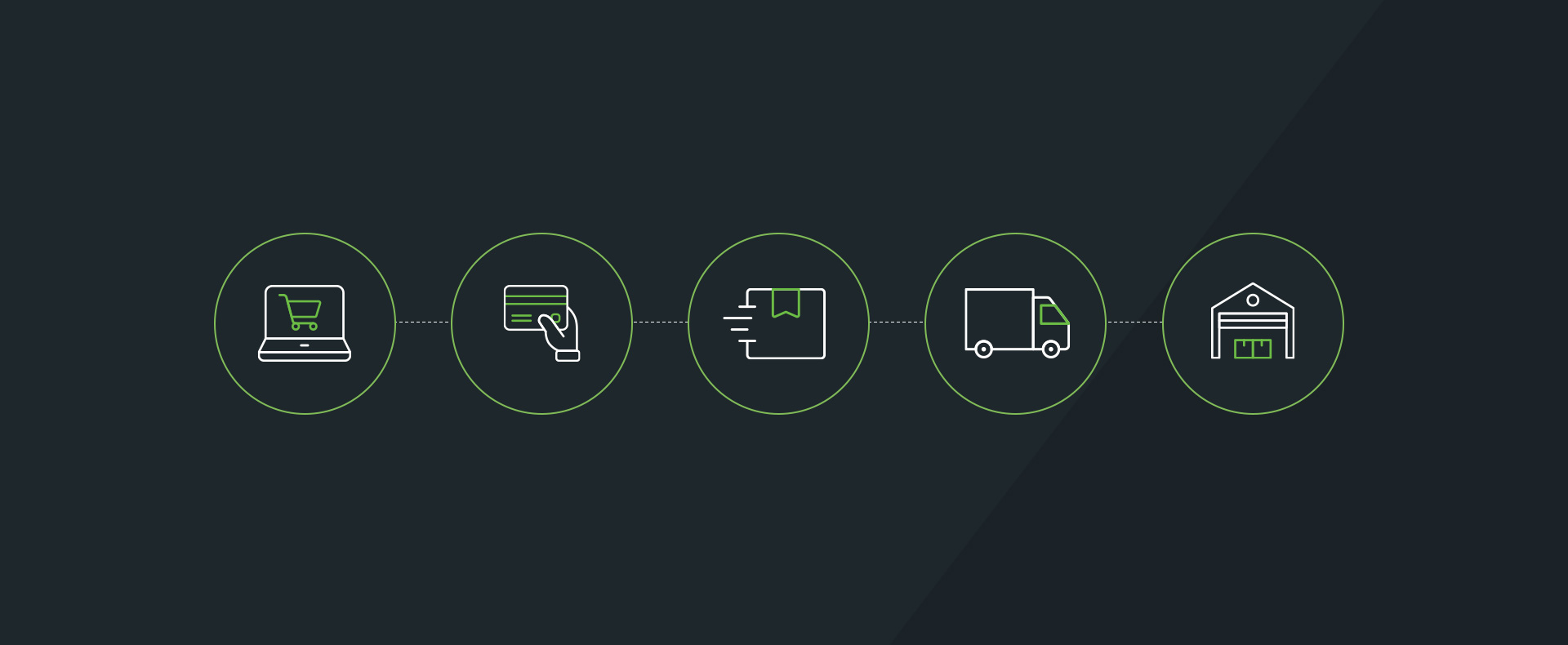How to Sell Products at Your Local Craft Fair
In today’s digital age, there are many benefits to meeting your customers in person. By setting up a booth at a local craft fair, you can get valuable feedback on shoppers’ preferences, generate immediate sales and gain new prospects for your online store.
Many eCommerce retailers find it makes sense to sell their products at weekend craft fairs, art shows or farmers’ markets. Hand-made merchandise, jewelry, clothing, shoes, candles, and specialty foods are among the types of products typically sold at these indoor and outdoor events.
Here are several suggestions for turning a local event into a big success for your business. You can also get more tips from sites like Shopify.
Search for the most promising craft fairs
Do your homework before signing up for a local show. Find out as much as you can about who will be attending the event, as well as the regular vendors and their merchandise. Will many of the shoppers be young singles, families or retirees with time on their hands? How many people attended the last event and what did the vendors report in sales? The event organizer should be able to provide much of this information, but you should also check local newspapers for feature articles or reach out to a vendor or two.
Check out the show
If you have the time (and budget), try to attend the art show or craft fair yourself before making your reservation. Walk through the aisles, talk to the dealers and check out the merchandise on display. Is the quality and pricing similar to your offerings? Would your store’s booth fit right into the scene or not? You can also strike up casual conversations with the shoppers. Bring along your business cards, too, and don’t hesitate to hand them out to everyone!
Calculate your expenses
Take a careful look at your costs before making a financial commitment. That might include preparing your booth, packing and shipping your merchandise, booth fees, staff salaries and travel expenses.
Sign up for the event
Once you decide on your craft fair or art show, then reserve your booth space. The best shows fill up early, so you may need to send in your deposit months in advance. Meanwhile, look for other possible venues in the same local market or a similar craft show a few days before or after your primary event. That might help you maximize the return on your in-person marketing investment.
Prepare your display.
Give yourself plenty of time to gather needed materials and to set up your trade show or craft fair booth, including a banner or other signage that displays your store’s website and social media presence. Depending on what you are selling, your booth may or may not need more materials than others. The booth should be constructed for easy set-up and tear-down after the event. Don’t forget a wireless point-of-sale (POS) terminal for credit-card purchases during the fair.
What to Sell at Craft Fairs
Before attending the craft fair, determine what products would be most appealing to attendees. Consider the following when deciding on what to sell at your local craft fair:
- How the product will look displayed in your booth – Will it entice a passerby to stop by your booth and maybe make a purchase?
- Will the product appeal to the demographics of the area – A product at one craft fair may not be a top seller at another craft fair
- A selection of inexpensive, moderately priced and high-end items – To appeal to shoppers with different income levels.
Plan your staffing
It’s usually best to have at least two people staffing your booth to provide coverage when one person takes a break or goes to lunch. Depending on the size and weight of your products, you may also want to hire a strong helper who can carry the items to shoppers’ vehicles after a sale.
Attract shoppers’ attention
Along with your promotional signage, find a way to engage more attendees and attract attention at the event. For instance, you might hold a daily raffle or giveaway for one of your more expensive items. Entry forms should include shoppers’ email addresses and a box for them to opt-in to your newsletter or promotional mailings. Not only does this encourage engagement, but also helps you build your store’s customer base, leading to future sales.
Evaluate the results
After the fair or show, analyze your sales and your expenses to determine the direct financial outcome. Since you should be able to reuse your display for future local events, amortize booth expenses as a one-time investment and keep the cost separate from your on-site expenses. This should give you a good gauge of how you should plan and budget for future craft fairs.
Coming to your local craft show prepared with the right tools and knowledge is key. Although daunting, selling at a craft fair is a good opportunity to demonstrate products, receive customer feedback, and to generate immediate sales. Even if you don’t hit a financial home run at your first show, consider it as a great learning experience. Your first craft show is the perfect place to learn lessons, make any needed adjustments and gain new in-person business for your online store.






